 W
WShooting sports is a collective group of competitive and recreational sporting activities involving proficiency tests of accuracy, precision and speed in shooting — the art of using various types of ranged firearms, mainly referring to man-portable guns and bows/crossbows.
 W
W100 meter running moose is a shooting sport based on running targets simulating a moose moving sideways.
 W
WAir travel with firearms and ammunition involves a number of laws, regulations and practices that travelers with firearms or ammunition must comply with and should be familiar with before travel. The main rules are set by the International Air Transport Association (IATA), but there are a number of local variations between airlines and local laws that sometimes are conflicting.
 W
WAirsoft is a competitive team shooting sport in which participants eliminate opposing players by tagging them out of play with spherical plastic projectiles launched via replica air weapons called airsoft guns.
 W
WAFEMS – a non-profitable organisation that based on collaboration and dialogue, creates forums; for its company members, share information about sporting ammunition. Main goal of the association is quickly and accurately react on scientific, technical and legislative problems in sporting ammunition area.
 W
WA bullet trap is a device to stop and collect projectiles fired at a shooting range to prevent overpenetrations and stray shots. Bullet traps typically use friction, impact or gradual deceleration to stop bullets.
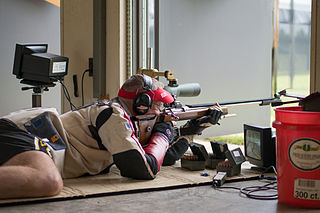 W
WBullseye shooting is a category of shooting sport disciplines where the objective is to score points with carefully placed precision fire by hitting a target as close to its center as possible. The name refers to the target center's nickname — the "bull's eye". In Scandinavia, this type of shooting competition is referred to as Range-Shooting, as it usually takes place at dedicated shooting range.
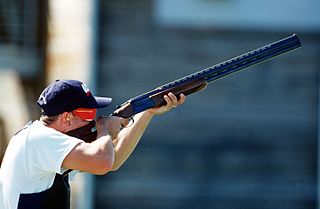 W
WClay pigeon shooting, also known as clay target shooting, is a shooting sport involving shooting a firearm at special flying targets known as clay pigeons, or clay targets.
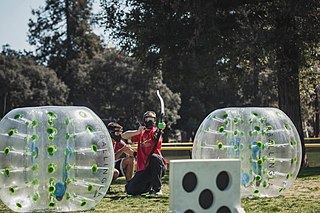 W
WCombat archery, sometimes known as battle archery is a sport similar to dodgeball, paintball or Nerf war played with bows and arrows tipped with foam.
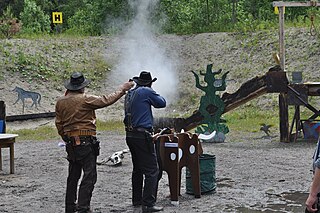 W
WCowboy action shooting is a competitive shooting sport that originated in Southern California in the early 1980s, at the Raahauge Shooting Range in Norco, California. Cowboy action shooting is now practiced in many places with several sanctioning organizations including the Single Action Shooting Society (SASS), Western Action Shootists Association (WASA), and National Congress of Old West Shooters (NCOWS), Single Action Shooting Australia (SASA), Western 3-Gun as well as others in the U.S. and other countries.
 W
WElectronic scoring systems or electronic targets are automated scoring systems used for sport shooting where the shot placement and score is automatically calculated using electronics and presented on screens to the organizer and shooters. The score may also be shown on a big screen for audience at the shooting range, and this has in many ways revolutionized the shooting sport.
 W
WExhibition shooting or trick shooting is a sport in which a marksman performs various feats of skill, frequently using non-traditional targets. Exhibition shooting tends to stress both speed and accuracy, often with elements of danger added.
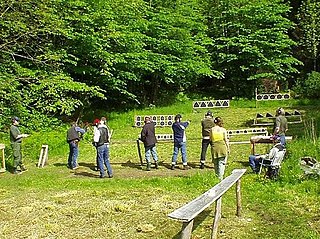 W
WField-Shooting or Terrain-Shooting refer to a set of pistol and rifle shooting sport disciplines that usually are shot from temporary shooting ranges in the terrain at varying distances, rather than at permanent shooting ranges at fixed distances.
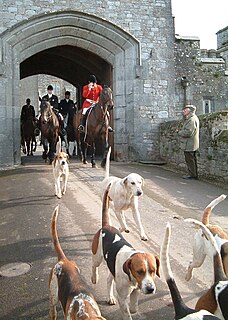 W
WField sports are outdoor sports, especially hunting, shooting, and fishing.
 W
WThe human cannonball act is a performance in which a person who acts as the "cannonball" is ejected from a specially designed "cannon". The human cannonball lands on a horizontal net or inflated bag placed at the landing point, as predicted by physics. Outdoor performances may aim at a body of water.
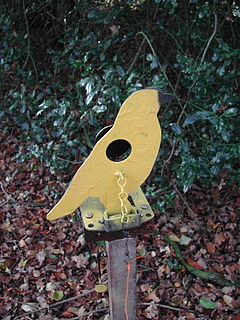 W
WHunter field target (HFT) is a target shooting sport derived from air gun hunting shooting disciplines. It is mainly an outdoor sport practiced with air rifles equipped with optical sights. The rifles have a maximum energy of 16.3 J (12.0 ft⋅lbf).
 W
WLong range shooting is a collective term for shooting disciplines where the shooter has to engage targets at such long distances that they have to calculate ballistics, especially in regards to wind. While shooting at shorter or "regular" ranges, one usually has to adjust the sights only in regards to gravity but, when the range is extended, wind drift will be the first factor affecting precision to the extent that it must be taken into account. Some would argue that long range shooting starts where assessment of wind, distance, and various atmospheric conditions are equally important for the results as pure shooting skills - meaning that even if one conducts a technically perfect shot, the shooter will miss the target because of incorrect calculations, or forgetting to take some element into consideration. It is widely accepted within interdisciplinary circles that long range means the target is more than 600 meters away, while extreme long range is generally accepted as when the target distance is more than 1000 meters away from the shooter.
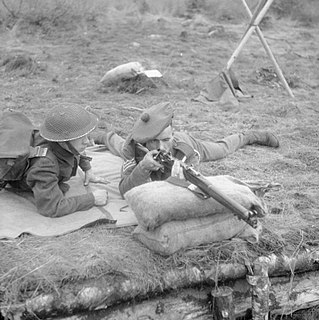 W
WThe Mad Minute was a pre-World War I bolt-action rifle speed shooting exercise used by British Army riflemen, using the Lee–Enfield service rifle. The exercise formally known as "Practice number 22, Rapid Fire, The Musketry Regulations, Part I, 1909", required the rifleman to fire 15 rounds at a "Second Class Figure" target at 300 yd (270 m). The practice was described as; "Lying. Rifle to be loaded and 4 rounds in the magazine before the target appears. Loading to be from the pouch or bandolier by 5 rounds afterwards. One minute allowed". The practice was only one of the exercises from the annual classification shoot which was used to grade a soldier as a marksman, first-class or second-class shot, depending on the scores he had achieved. The rapid aimed fire of the ‘Mad Minute’ was accomplished by using a 'palming' method where the rifleman used the palm of his hand to work the bolt, and not his thumb and forefinger, while maintaining his cheek weld and line of sight.
 W
WMatch Crossbow is a target shooting sport using crossbows. Unlike field crossbow, match crossbow is quite similar to the Olympic rifle.
 W
WMetallic silhouette shooting is a group of target shooting disciplines that involves shooting at steel targets representing game animals at varying distances, seeking to knock the metal target over. Metallic silhouette is shot with large bore rifles fired freehand without support out to 500 meters, and with large bore handguns from the prone position with only body support out to 200 meters. Competitions are also held with airguns and black-powder firearms. A related genre is shot with bow and arrow, the metal targets being replaced with cardboard or foam. The targets used are rams, turkeys, pigs, and chickens, which are cut to different scales and set at certain distances from the shooter depending on the specific discipline.
 W
WThe modern pentathlon is an Olympic sport that comprises five different events; fencing, freestyle swimming (200 m), equestrian show jumping, and a final combined event of pistol shooting and cross country running (3200 m). This last event is now referred to as the laser-run, since it alternates four legs of laser pistol shooting followed by an 800 m run. The event is inspired by the traditional pentathlon held during the ancient Olympics; as the original events were patterned on the skills needed by an ideal Greek soldier of the era, the modern pentathlon is similarly patterned on events representing the skills needed by cavalry behind enemy lines.
 W
WMultigun, Multi Gun or Multi-Gun, often also called 2-Gun or 3-Gun depending on the types of firearms used, are practical shooting events where each of the stages require the competitor to use a combination of handguns, rifles, and/or shotguns Multigun has a lot in common with ordinary IPSC/ USPSA single gun matches, and matches generally have courses of fire where the shooter must move through different stages and engage targets in a variety of different positions.
 W
WMuzzleloading is the shooting sport of firing muzzleloading guns. Muzzleloading guns, both antique and reproduction, are used for target shooting, hunting, historical re-enactment and historical research. The sport originated in the United States in the 1930s, just as the last original users and makers of muzzleloading arms were dying out. The sport received a tremendous boost in the 1960s and 1970s. The Muzzle Loaders Associations International Committee (www.MLAIC.org) was formed in 1970 and held its first World Championship in 1971. Since then a flourishing industry manufacturing working reproductions of historic firearms now exists in the United States and Europe, particularly in northern Italy near Gardone. In the United States muzzleloading guns are, subject to a number of qualifications, generally not considered firearms. Subject to state law they may be possessed by persons who might otherwise not be legally allowed to own a firearm.
 W
WFelthurtigskyting, literally Field-Rapid-Shooting, is a practical rifle competition popular in Scandinavia, where the shooter has to engage three different targets placed at different distances with one shot each in the shortest time possible.
 W
WDuelling was a sport at the 1906 Olympics and 1908 Olympics.
 W
WPaintball is a competitive team shooting sport in which players eliminate opponents from play by hitting them with spherical dye-filled gelatin capsules called paintballs that break upon impact. Paintballs are usually shot using low-energy air weapons called paintball markers that are powered by compressed air (nitrogen) or carbon dioxide and were originally designed for remotely marking trees and cattle.
 W
WParalympic shooting, also known as shooting Para sport, is an adaptation of shooting sports for competitors with disabilities. Shooting is a test of accuracy and control, in which competitors use pistols or rifles to fire a series of shots at a stationary target. Each shot is worth a maximum score of 10 or a decimal value of 10.9 points. Athletes use .22 caliber rifles, pistols and .177 caliber air guns. Paralympic shooting first appeared in the Summer Paralympics at the 1976 Toronto Games.
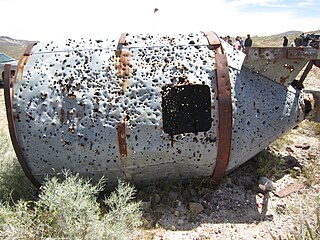 W
WPlinking refers to informal target shooting done for pleasure typically at non-standard targets such as tin cans, logs, soda bottles, or any other homemade or naturally occurring target. A person engaging in the plinking exercise is colloquially known as a "plinkster".
 W
WPractical shooting, also known as dynamic shooting or action shooting, is a set of shooting sports where the competitors are trying to unite the three principles of precision, power, and speed, by using a firearm of a certain minimum power factor to score as many points as possible during the shortest amount of time. While scoring systems vary between organizations, each measures the time of which the course is completed, with penalties for inaccurate shooting. The courses are called "stages", and are shot individually by the shooters. Usually the shooter must move and shoot from several positions, fire under or over obstacles and in other unfamiliar positions. There are no standard exercises or set arrangement of the targets, and the courses are often designed so that the shooter must be inventive, and therefore the solutions of exercises sometimes varies between shooters.
 W
WScoring gauges are tools used in shooting sports to determine the scoring value of a bullet hole on a shooting target. There are mainly two types of scoring gauges used for paper and cardboard targets, either the "cone shaped" tool or a transparent overlay.
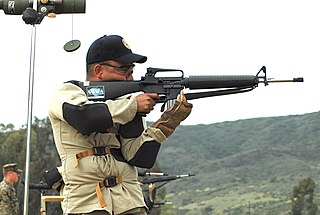 W
WShooting competitions for factory and service firearms refer to a set of shooting disciplines, usually called service rifle, service pistol, production, factory or stock, where the types of permitted firearms are subject to type approval with few aftermarket modifications permitted. The terms often refer to the restrictions on permitted equipment and modifications rather than the type of match format. The names Service Rifle and Service Pistol stem from that the equipment permitted for these types of competitions traditionally were based on standard issue firearms used by one or several armed forces and civilian versions of these, while the terms production, factory and stock often are applied to more modern disciplines with similar restrictions on equipment classes.
 W
WA shooting range, firing range or gun range is a specialized facility designed for firearms qualifications, training or practice. Some shooting ranges are operated by military or law enforcement agencies, though the majority of ranges are privately owned and cater to recreational shooters. Each facility is typically overseen by one or more supervisory personnel, called variously a range master or "Range Safety Officer" (RSO) in the US, or a range conducting officer (RCO) in the UK. Supervisory personnel are responsible for ensuring that all weapon safety rules and relevant government regulations are followed at all times.
 W
WA shot timer is a shot activated timer used in shooting sports, which starts the competitor by an audible signal and also records the competitor's time electronically by detecting the sound of each shot together with the time from the start signal. When the competitor is finished the timer will show the time from the start signal until the last shot. The time is usually recorded to hundredths of a second (centisecond), which is required by competitions in the International Practical Shooting Confederation.
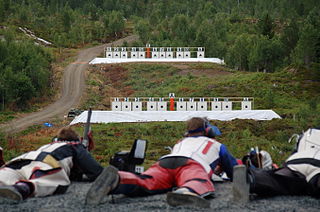 W
WStangskyting, literally Stang-Shooting named after Colonel Georg Stang (1858-1907), is a practical rifle competition popular in Norway where the shooter has two periods of 25 seconds to get as many hits as possible on a target at an unknown distance, with an unlimited number of rounds. Competitions in Norway are arranged by Det frivillige Skyttervesen.
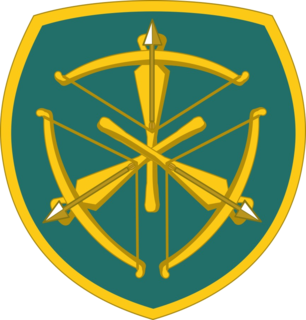 W
WThe United States Army Marksmanship Unit is a part of U.S. Army providing small arms marksmanship training for soldiers and enhancing army recruiting. The unit was originally established in 1956 at the direction of president Dwight D. Eisenhower to the mission of winning international competitions, which at the time was dominated by the Soviet Union. At the 1964 Summer Olympics, the United States won seven medals in shooting, of which six were won by Army Marksmanship Unit members; unit members have continued to win medals at subsequent competitions. A 2008 New York Times article notes that the unit has "a reputation as the country's premier training school for competitive shooters." The unit has also trained army snipers and assisted in the development of weaponry.